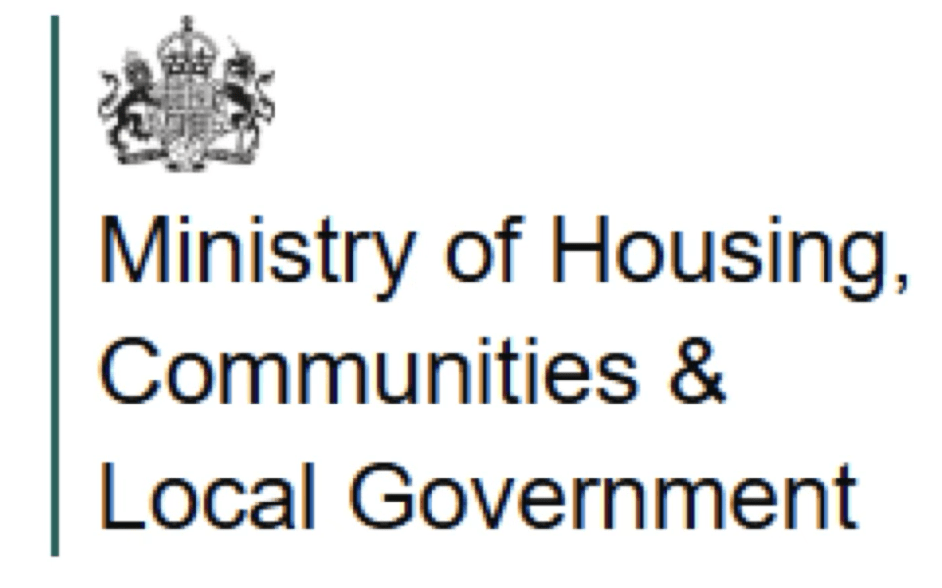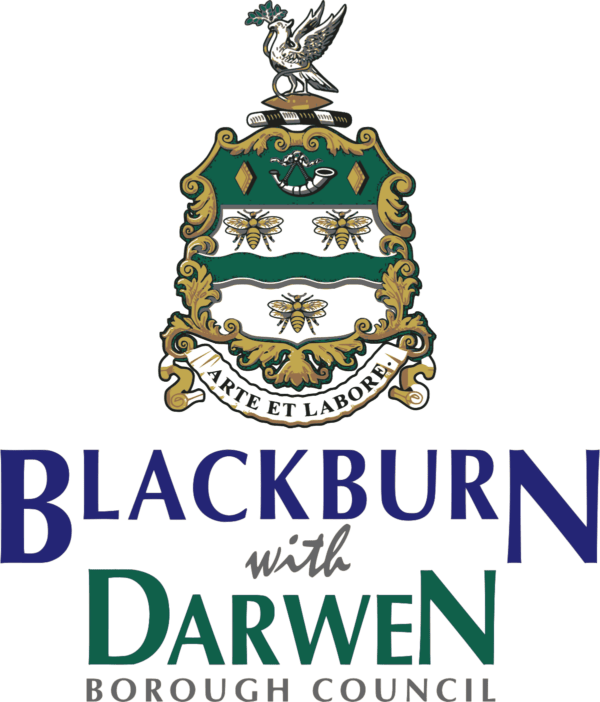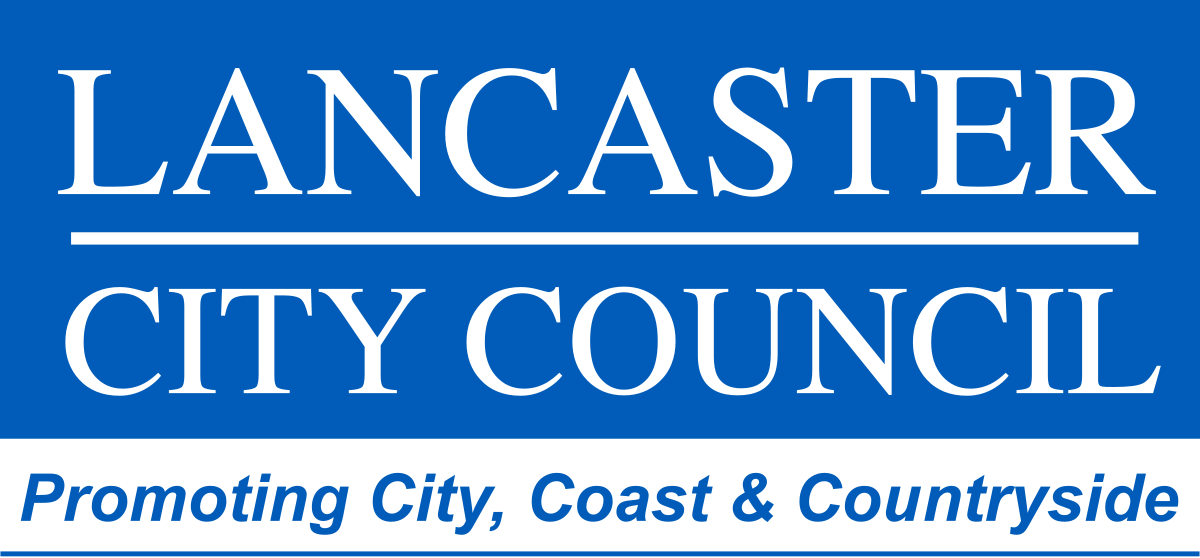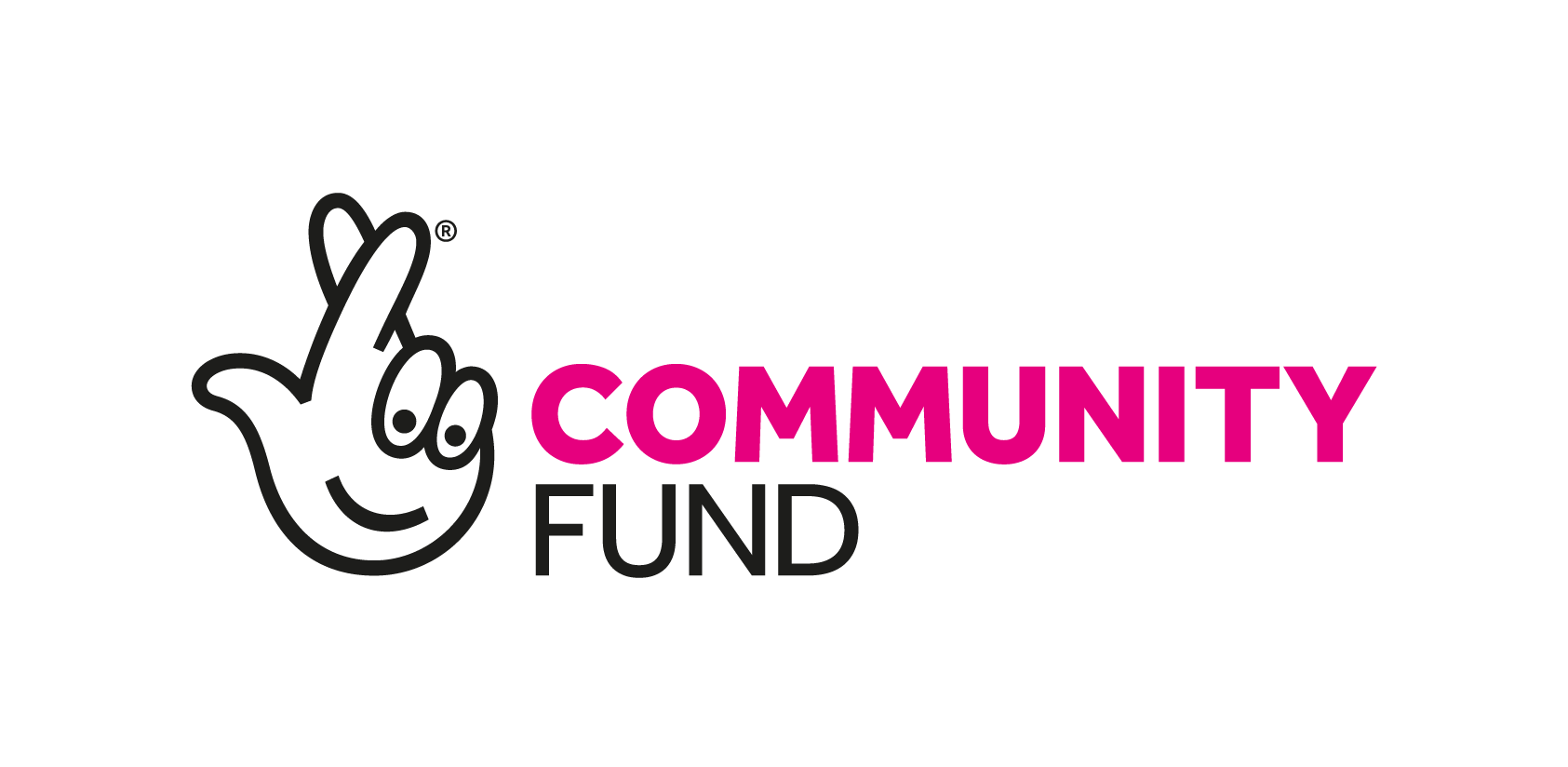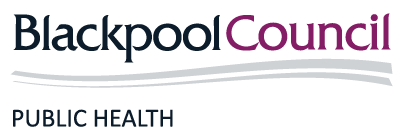Lancashire Changing Futures - The Model of Care
The aim of this document is to provide a Lancashire focused evidence based whole system approach to supporting individuals and communities experiencing multiple disadvantage. Individuals experiencing multiple disadvantage, staff working in Lancashire support services, and the wider population regardless of profession or position will also benefit. In line with previous Models of Care Service Frameworks, the Lancashire Model has 4 tiers (with an extra focus on additional primary prevention and secondary prevention (at Tier 1).
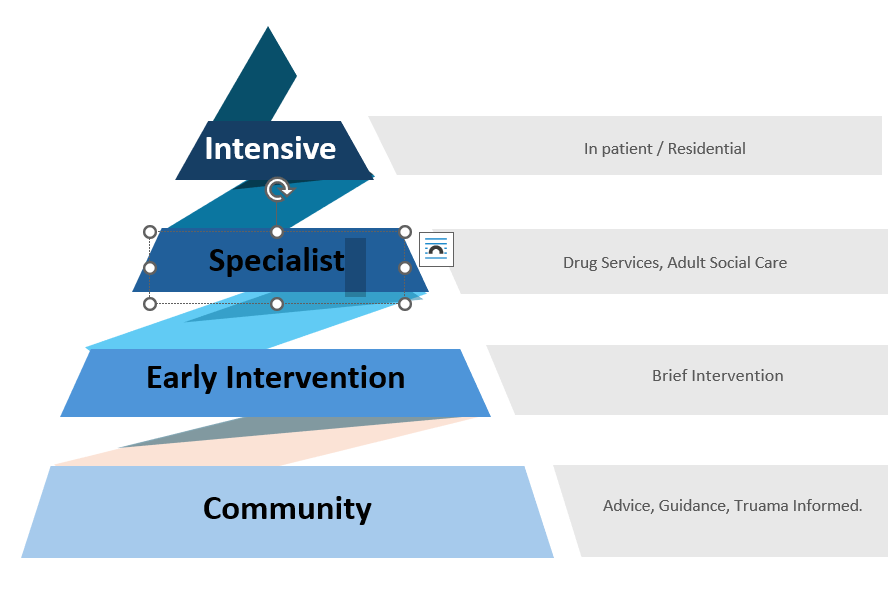
|
Prevention Trauma Informed Practice
Family Hubs |
Community T1: Lancashire Adults Experiencing MD and Community Responses (Low Risk Indicators) |
Intervention T2: Lancashire Adults Experiencing MD and Brief Intervention Needed (Medium Risk Indicators) |
Specialist: T3: Lancashire Adults Experiencing MD and Specialist/Statutory Intervention Needed (Medium/High Risk Indicators) |
Intensive T4: Lancashire Adults Experiencing MD and Intensive/Statutory Intervention Needed (High Risk Indicators) |
|---|---|---|---|---|
| Prevention here is defined as population level interventions that address the root causes of multiple disadvantage | Tier 1 Services work with a wide range of adults and will from time to time encounter adults experiencing multiple disadvantage characteristics | Tier 2 Services work with a wide range of adults including adults experiencing multiple disadvantage characteristics | Tier 3 Services are aimed at adults experiencing multiple disadvantage characteristics who present with complex needs and medium risk factors | Tier 4 Services are residential for individuals with a high level of presenting need and risk factors |
| Examples: | Examples: | Examples: | Examples: | Examples: |
|
Trauma Informed Lancashire Public Health Campaigns Family Support Hubs (prevention work) Schools Colleges |
The role of Tier 1 Services in this context includes the provision of their own services, and helping people access help. These are local services, such as: Primary health care services like GPs, Dentists and Pharmacy Community Police Soup Kitchens |
Semi-structured support to a specific group, typically brief interventions and access via referral (self or professional) to a wide range of support services: Department for work and pensions Housing options Hostels/temporary accommodation Community Offender Managers (HMPPS)/IOM Mental Health Initial Response Service (IRS) |
Services in this tier offer longer term specialist and targeted support via assessment and care planning processes. Lived Experience Navigators/Peer Workers Specialist Community Substance Misuse Services Adult Social Care Specialist Mental Health Services (Primary Intermediate Mental Health Services/Secondary Community MH Services) Domestic Violence Services Statutory Services All of these should be equal partners in a multiple disadvantage service |
Specialist services in this tier include: Inpatient drug and alcohol detoxification or stabilisation services Drug and alcohol residential rehabilitation units Residential drug crisis intervention centres In-patient mental health services Police custody Prisons |
This list is not exhaustive but serves to describe the services at each tier likely to be in contact with or working with people who are experiencing multiple disadvantage at that time. Through co-production any area can identify its own stakeholders at each tier.
Viewing a support system in tiers can assist with commissioning such programmes, in particular with workforce planning and capacity planning. Immediate access to Substance Misuse Services, Mental Health Support Services, Housing Services, Domestic Violence Support Services proved effective in the delivery model for Changing Futures. As the pyramid shows, ascending up the tiers is more specialist, which inevitably needs resourcing and investment.
With improved and trauma informed screening or signposting, it is envisaged that more people experiencing multiple disadvantage will find the help they need earlier and so engage more fully
